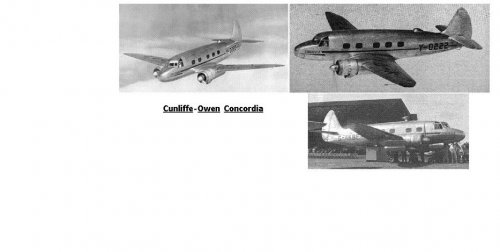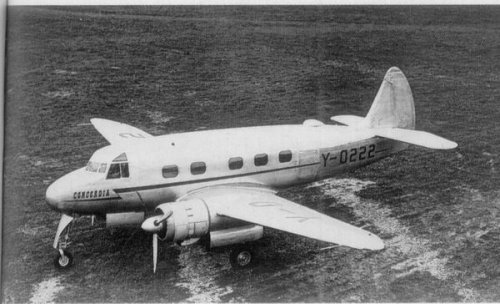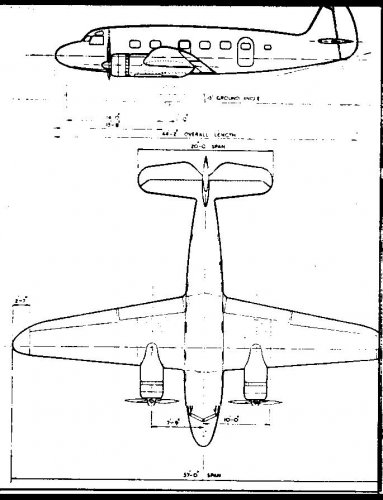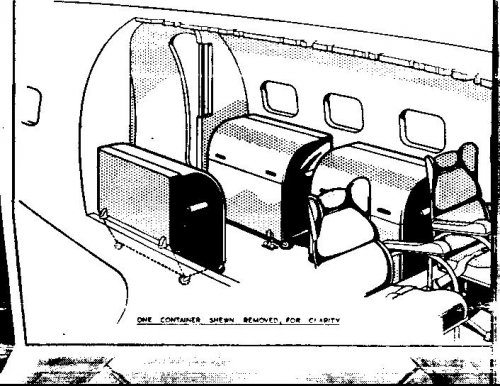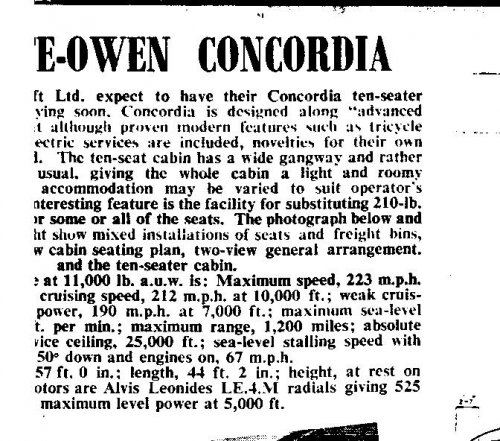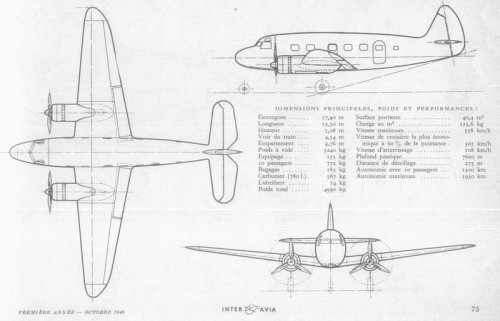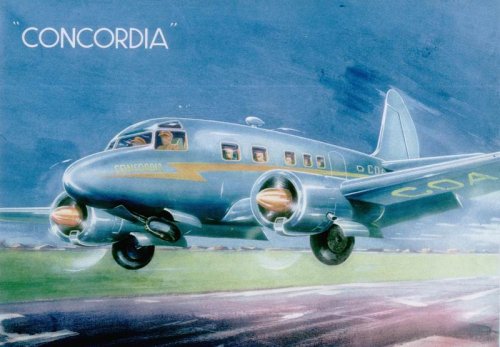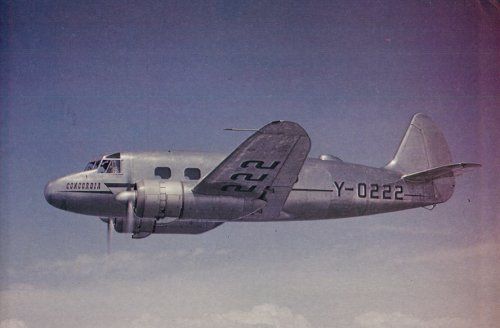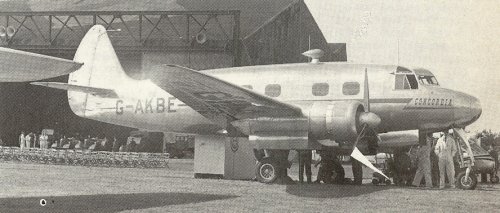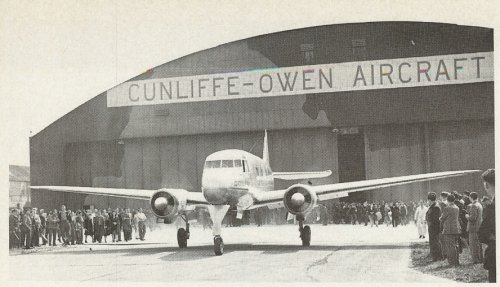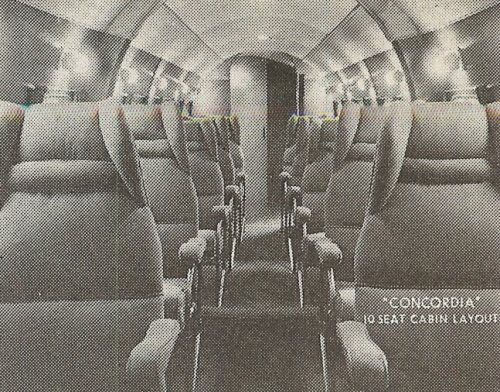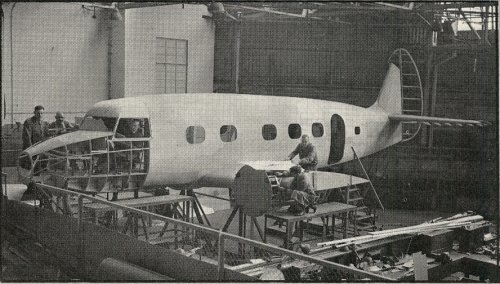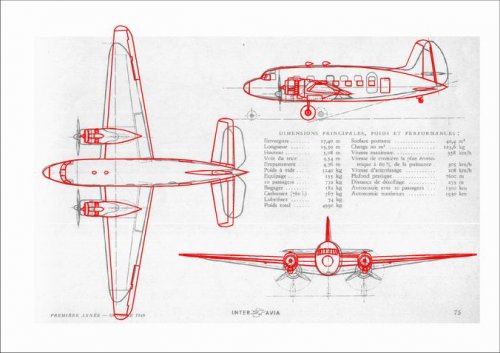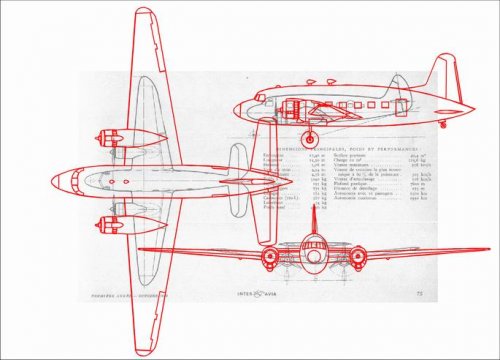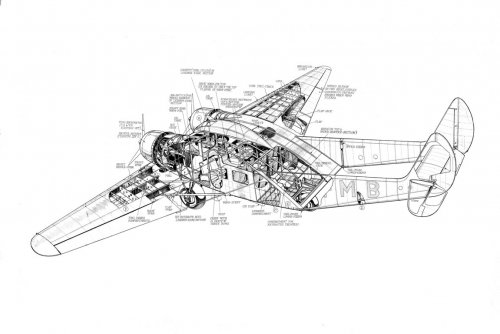ChuckAnderson
ACCESS: Confidential
- Joined
- 10 May 2006
- Messages
- 188
- Reaction score
- 45
Hi Everyone!
The Cunliffe-Owen Concordia, was a British 10-passenger aircraft that first flew in 1947. Only one aircraft was made.
Are there any three-view line drawings available of this aircraft?
If so, could someone post them on this website? Thanks!!
Chuck
The Cunliffe-Owen Concordia, was a British 10-passenger aircraft that first flew in 1947. Only one aircraft was made.
Are there any three-view line drawings available of this aircraft?
If so, could someone post them on this website? Thanks!!
Chuck

